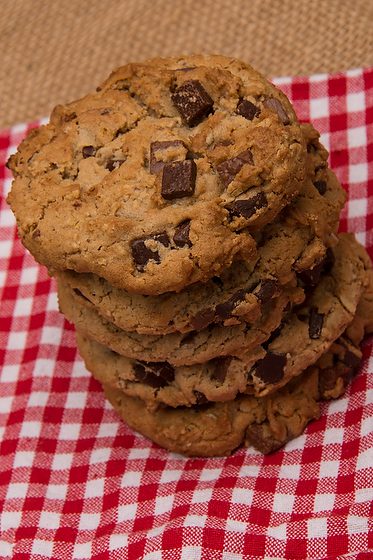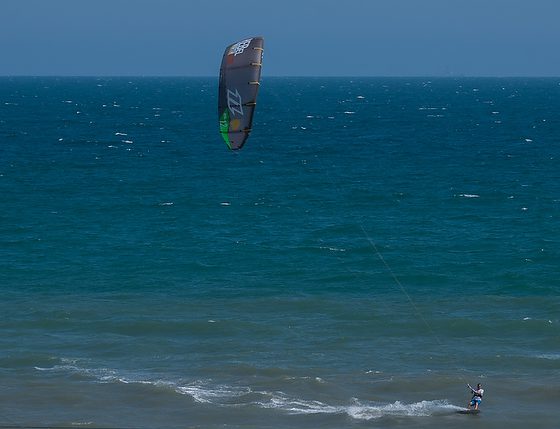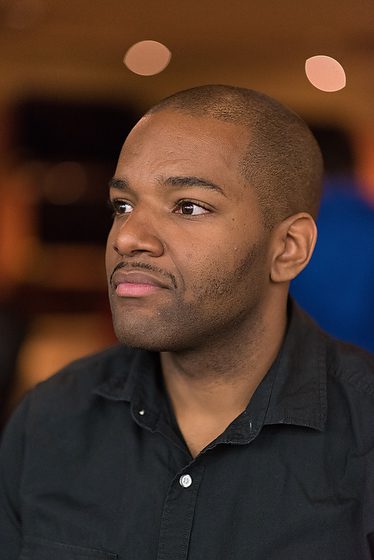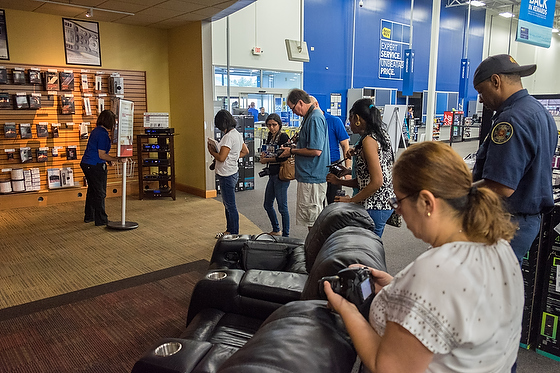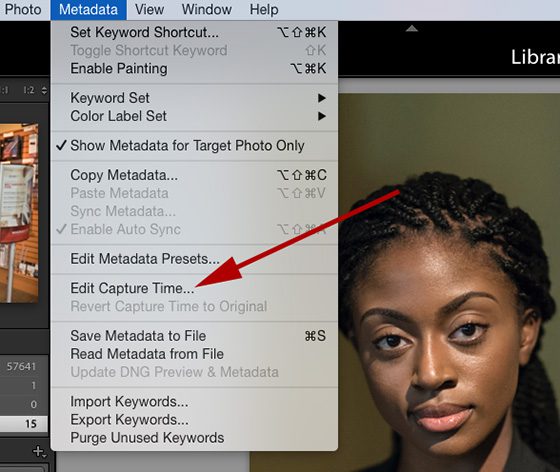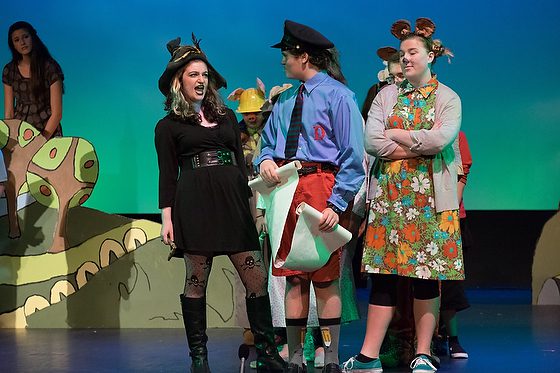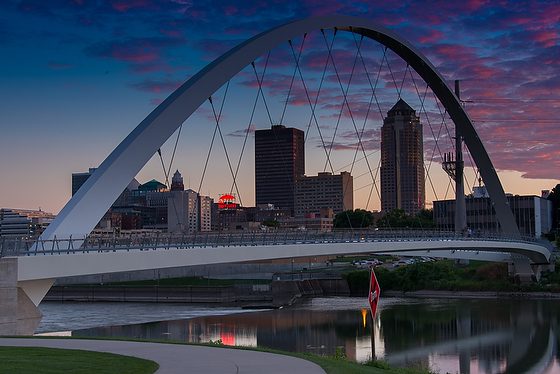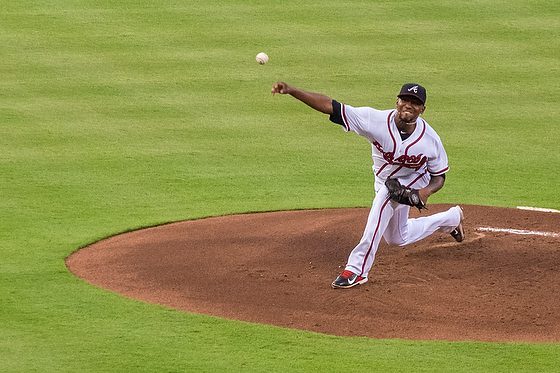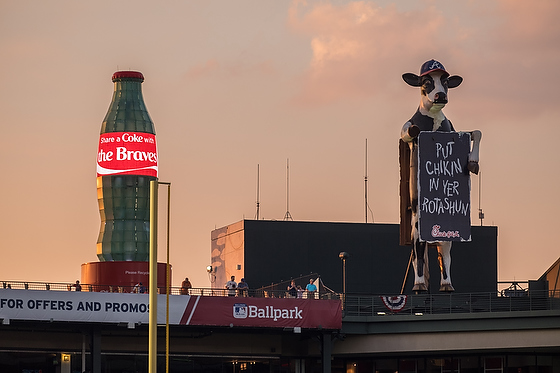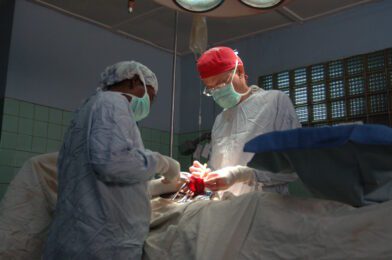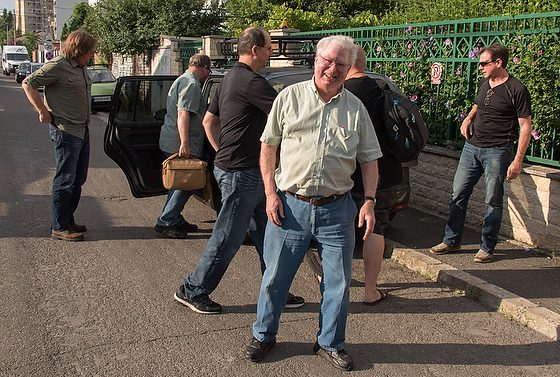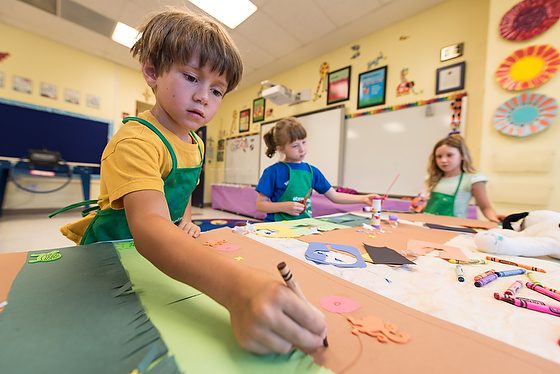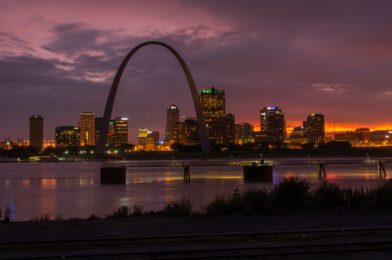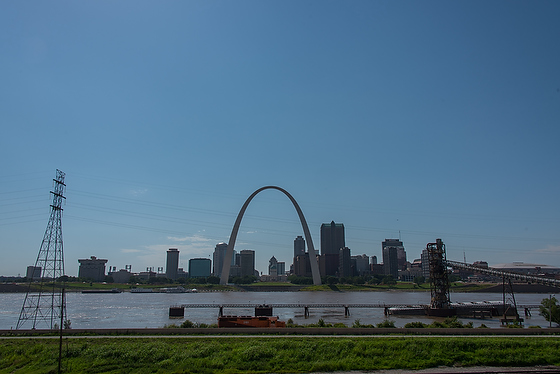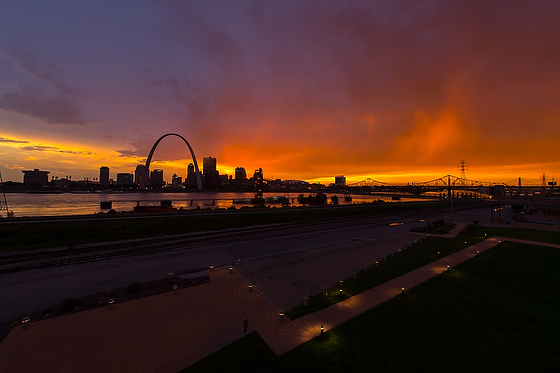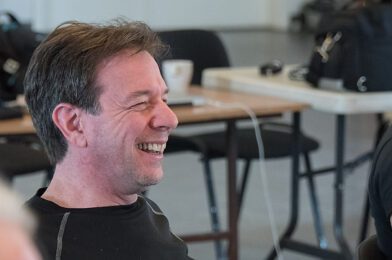| |
| Nikon D2X, Sigma 18-50mm f/2.8 EX DC HSM Macro Lens, ISO 400, ƒ/2.8, 1/160 |
Most photographers grow despondent of their portfolios over time due to having little new work that can replace their best work. I call this Portfolio Depression.
There are times in life when we need some intervention. Sometimes this is medical, where we may even have to undergo surgery to get rid of something harmful to our body.
Photographers are like many other artists and find themselves under the knife trimming the fat to become more lean and effective in our craft.
My Workflow
After a shoot, I ingest my photos from the camera and do a rough edit in PhotoMechanic. All I am doing at this point is deciding if the images are OK. Out of focus, extremely harmful exposure, accidental frame shot, bad expressions, and other things that rule a photo from keeping it are what I am evaluating.
Usually, I am eliminating 50% to 75% of the images at this point.
 |
| Nikon D2X, Sigma 70-200mm f/2.8 APO EX DG HSM, ISO 100, ƒ/2.8, 1/80 |
Consistency
A few weeks ago, one of my clients talked about my consistency. He said he could always count on solid professional work and people like working with me.
The hardest part of the edit is during the Lightroom phase, where I straighten horizons, maybe crop a little bit, and were correct for the lens profile and minor burning and dodging. I am often feeling left very flat emotionally.
It doesn’t take long, and I find myself sinking emotionally. But then, I look at my work and realize I do not see many grand slams.
 |
| Nikon D4, AF-S NIKKOR 28-300mm f/3.5-5.6G ED VR, ISO 100, ƒ/8, 2.5 sec |
Skyline
To compensate for my frustrations, I started planning skyline shots of some of the cities I was visiting. Here is the Seattle Skyline I did back in April.
 |
| Nikon D750, AF-S NIKKOR 28-300mm f/3.5-5.6G ED VR, ISO 100, ƒ/16, 20 sec |
What has been happening on my photo shoots that is making things more and more complex is clients sending me to locations with very little information about the area. It wasn’t something they could fix either. It just is what it is.
 |
| Kyle Petty’s first NASCAR Sprint Cup Series was the 1986 Miller High Life 400 Richmond, Va. Here is where Bill Elliott ended up on the wall. After the race, Earnhardt had to pay a $3,000 fine ($6,454.46 when adjusted for inflation) plus a $10,000 security bond for an incident involving himself and the back end of Darrell Waltrip’s vehicle ($21,514.88 when adjusted for inflation). |
In the days of breaking news, it was difficult for you to plan. So the best I could do was position myself as I did here, covering the 1986 Miller High Life 400 at the Richmond Speedway to catch where many of the wrecks happened on that track.
ƒ/8 and Be There
Photojournalists have a saying, “ƒ/8 and be there”, meaning that being on the scene is more important than worrying about technical details. Practically, ƒ/8 allows the adequate depth of field and sufficient lens speed for a decent base exposure in most daylight situations.
It doesn’t take long in this profession to realize that the “ƒ/8 and Be There” attitude is concise.
 |
| Nikon D750, AF-S NIKKOR 28-300mm f/3.5-5.6G ED VR, ISO 100, ƒ/22, 25 sec |
Google Photo Search
A few weeks ago, while in Bucharest, Romania, I went online and found some signature shots of the city before getting to Romania. While it felt good to get this photo like all of my other skyline shots, the part frustrating with these photos is the many photos other photographers have taken. I was more proud of the Bucharest photos since these particular angles didn’t show up right away on the Google searches when I was researching.
 |
| Nikon D3S, AF-S NIKKOR 14-24mm f/2.8G ED, ISO 6400, ƒ/2.8, 1/320 |
Perspective
I learned early on that if your photos are not very exciting, then change your perspective. So this is what my wife and I did one day by taking a balloon ride in the North Georgia mountains.
 |
| Nikon D3, Nikon 24-120mm ƒ/3.5-5.6, ISO 720, ƒ/5.3, 1/1000 |
By just getting up in the air, I saw things from a different perspective than 6’2″, my height standing.
 |
| Nikon D3, Nikon 24-120mm ƒ/3.5-5.6, ISO 400, ƒ/8, 1/30 |
While getting a different perspective by getting high or low and shooting late or early, I still need the essential content photos with most of my assignment work.
Conflict
OK, you are now reading my story of conflict. My photos are not exciting enough and lack the surprise factor that I want to get every time I go out. I remember watching my mentor Don Rutledge struggle with the same issue. Just one thing majorly different is my mentor was a lot better than I have been with photography.
I watched Don buy new camera systems to see if that would help give him some creative edge. Don bought new Singh-Ray filters for all his camera lenses, which helped give him a unique look.
Don shot Nikon, then shot Olympus, and then went on to Leica cameras before returning to the Nikon cameras. All these moves were to help him keep creative and get the very best out of a situation he was shooting.
The sad reality is that you can produce some very excellent professional photography, but you still need content that isn’t as visually interesting. Nevertheless, you have done just about all you can to make the very best photo you could have made.
Staying Truthful
The danger for the photojournalist is you don’t want to manufacture moments. A photojournalist is who I am most of the time. I want to stand flat-footed, find the angle, and then help tell the story as authentically as possible.
The number one thing that has helped the most with accomplishing a sense of satisfaction has been doing multimedia projects. I realize that the subject’s words often were missing in photos, and having them tell their own stories took my work to a different level. Are the images better? No. However, the stories are complete.
What often feels like depression after an assignment is me looking at the conflict in my story. Then usually, I will look at other photographers’ work on similar topics and see how they treated the story. In addition, I am finding other resources through photography magazines, online galleries, and, most important is through professional associations. Associations are where my colleagues publish, like NPPA’s News Photographer Magazine and ASMP’s Bulletin magazine, which help keep me updated on trends and gear.
The best advice to help combat this portfolio depression is to create your project. This way, you can plan and control more of the variables and allow you to show people what you can do.
Summary
- If you love all your work, then you are not growing
- If you are depressed after reviewing your latest work – that is normal
- If you look to get better by studying other people’s work – you are smart
- Do your special project
- Take a Workshop


